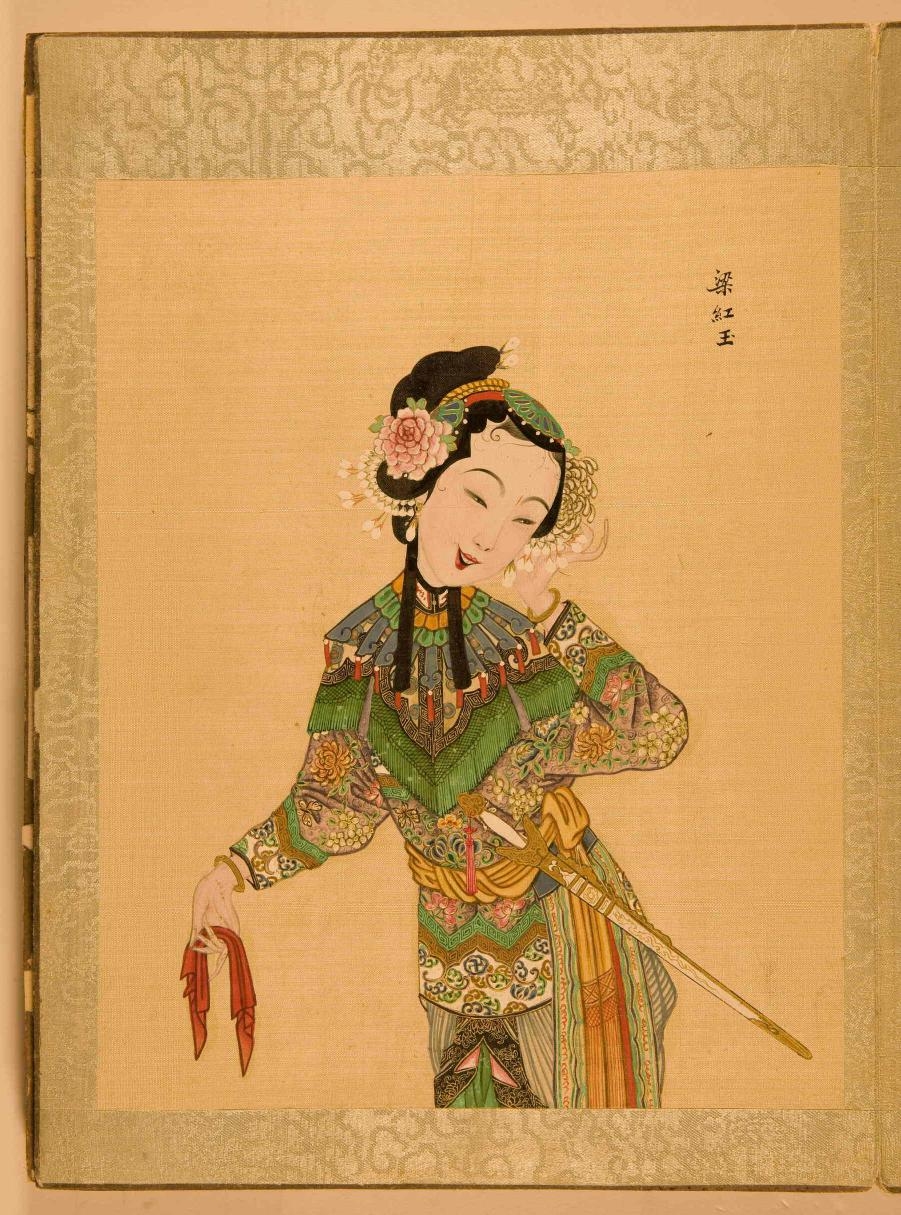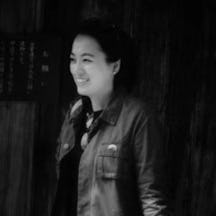The cloud collar (云肩) has over 2,500 years of history in China. Yiling Zhang traces how having your head in the clouds went from cosmological symbol to fashion essential.
Chinese fashion and the history of the cloud collar
Words by Yiling Zhang
- In pictures
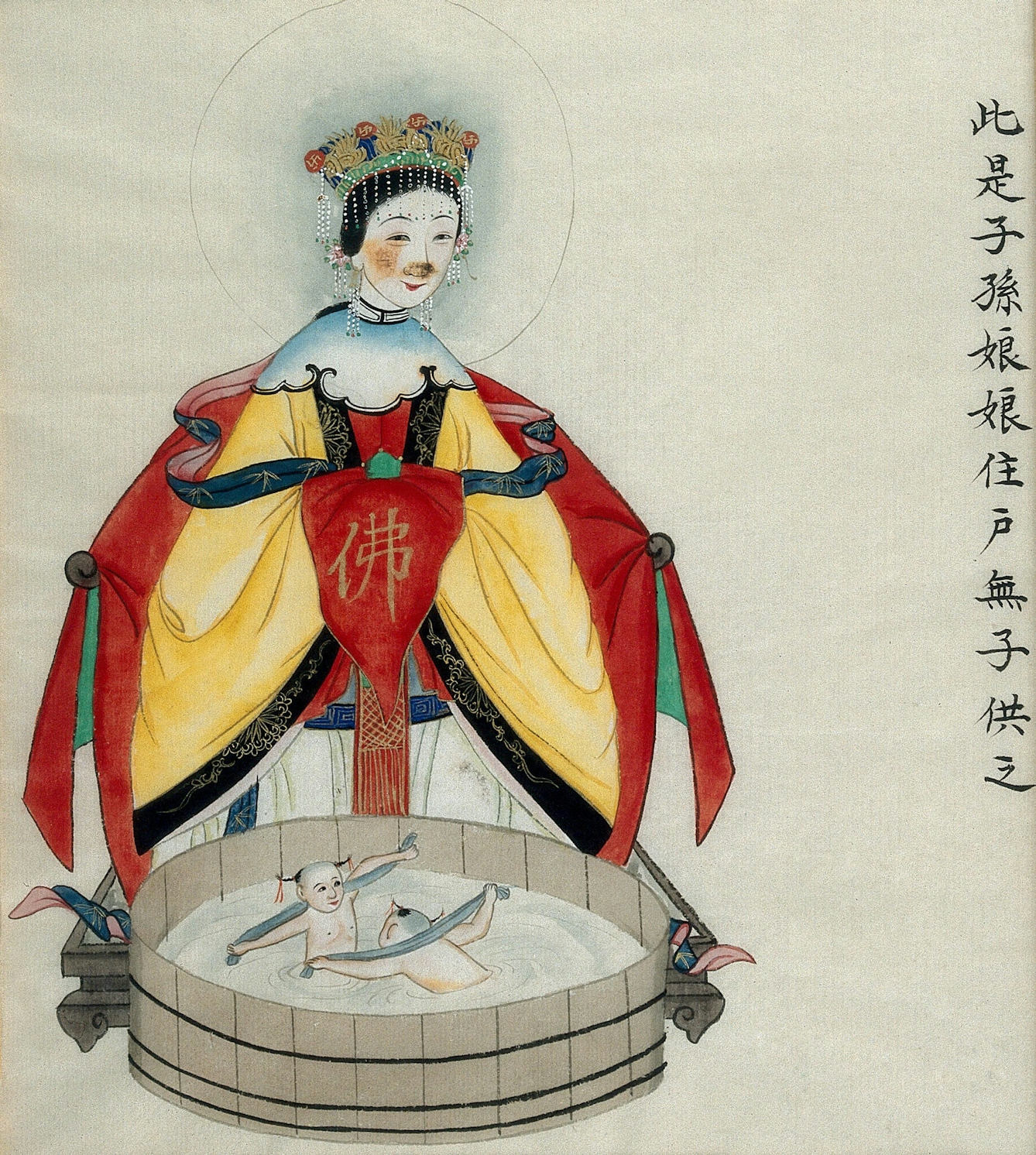
When you looked at this image of a Chinese goddess, did you notice the white collar she wears? It is called the cloud collar 云肩 and reflects ancient cosmological wisdom. It has a circle at the centre, which represents heaven, and each of the four identical panels is in the shape of a ruyi 如意 cloud, meaning “as you wish”, symbolising the gates to heaven. As an accessory, the earliest cloud collar can be seen in the seventh-century Dunhuang 敦煌 cave paintings of buddhas, but from the Qing Dynasty (1644–1912), the cloud collar became a fashionable accessory for Chinese women.
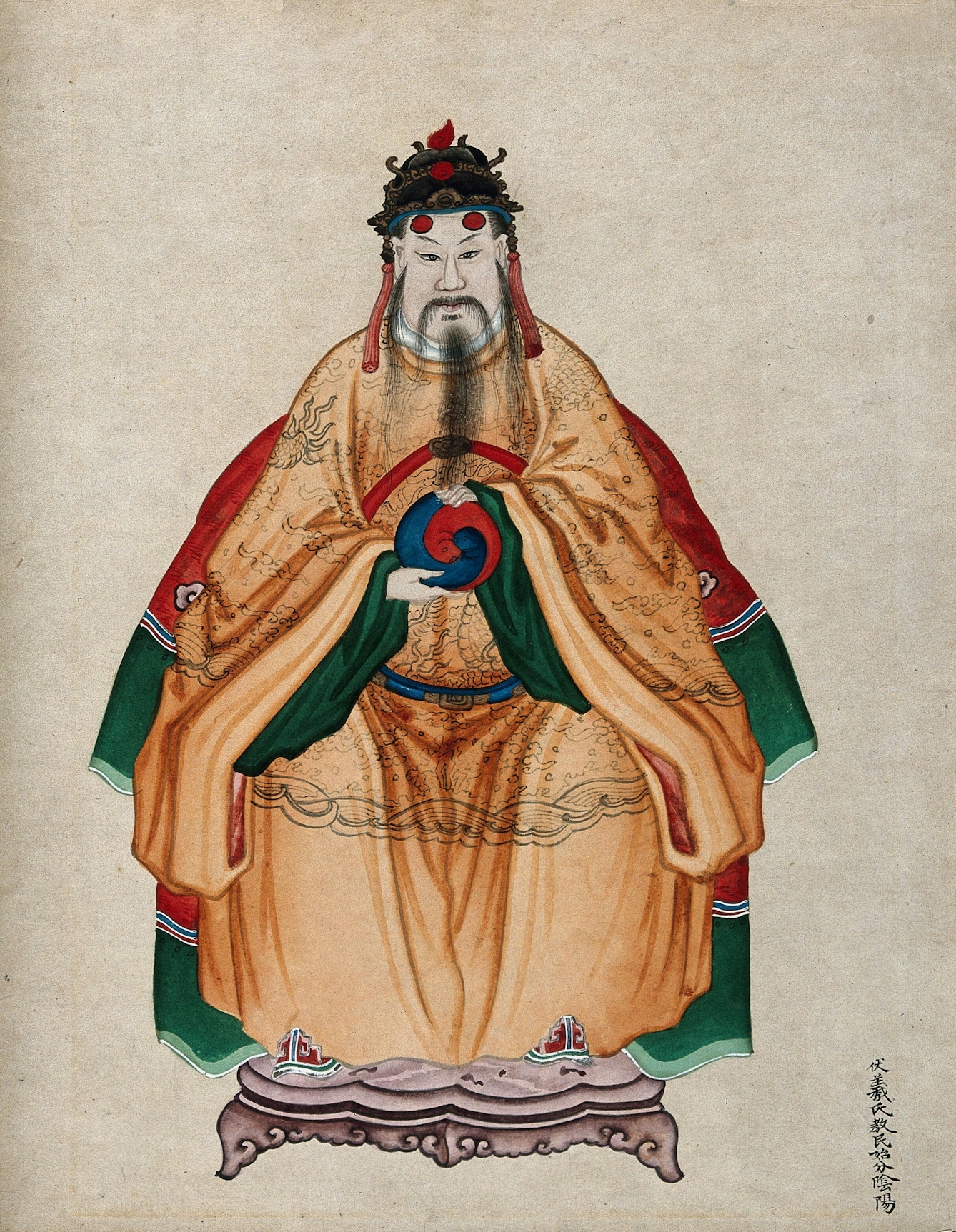
Although the cloud-collar motif reflects Chinese cosmological ideas, it appears on objects not necessarily related to cosmology. For example, you could find it on the neck of a blue-and-white vase, the interior of a bowl, or the back of a couch. If you closely look at the legs of the stool where Fu Hsi, the father of the Yin-Yang philosophy, rests his feet, you will find that they are in the shape of the ruyi cloud.
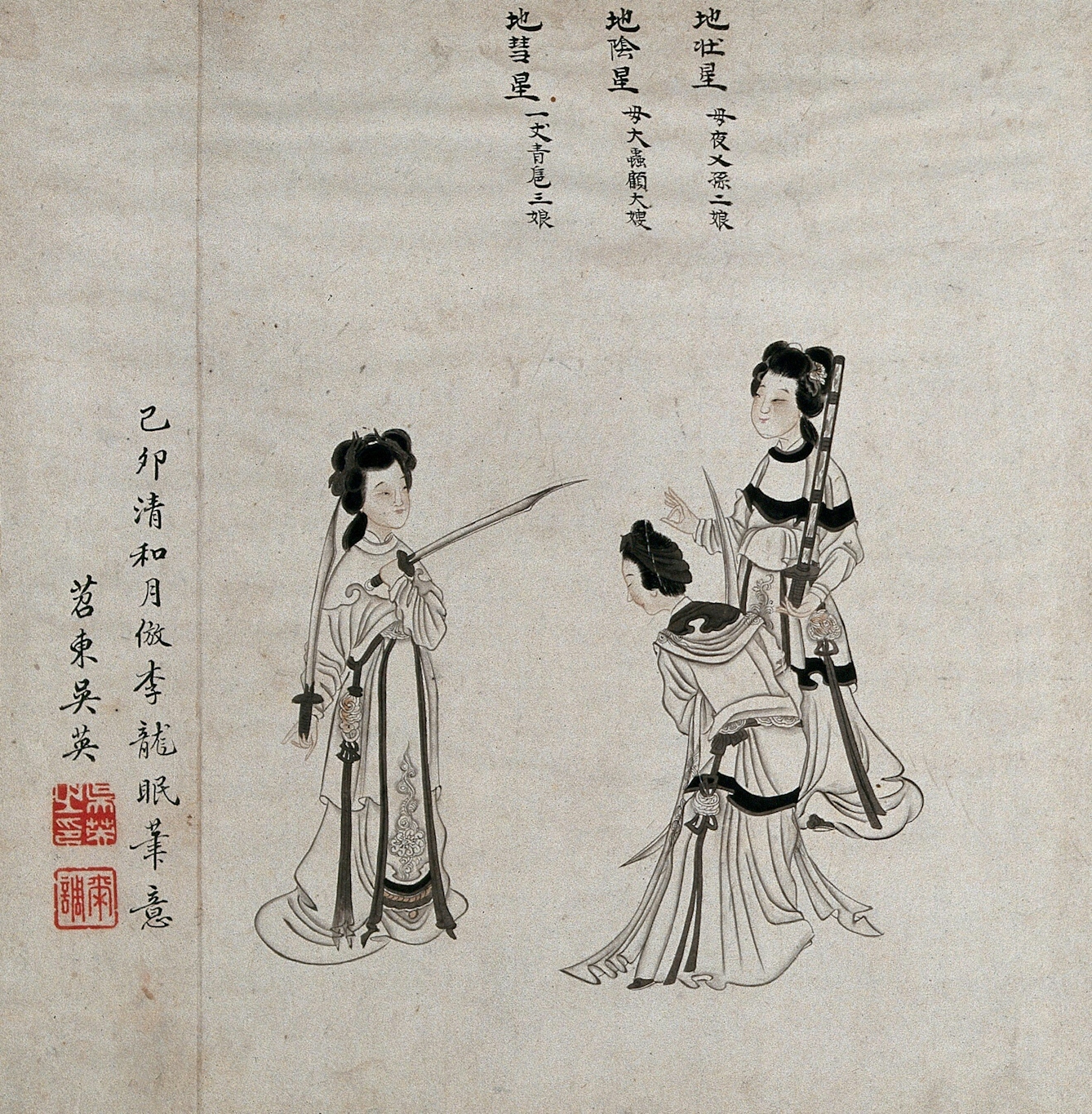
After the Tang Dynasty (618 CE–907 CE), the cloud collar appeared in paintings not only of buddhas but also of Tibetan women. Later, musicians and dancers wore the cloud collars when they performed. By the Yuan Dynasty (1271–1368), cloud collars became part of both female and male official dress. This image illustrates three female heroes in the Song Dynasty (960–1279) from one of the most important Chinese novels, ‘All Men Are Brothers’, 水浒传.
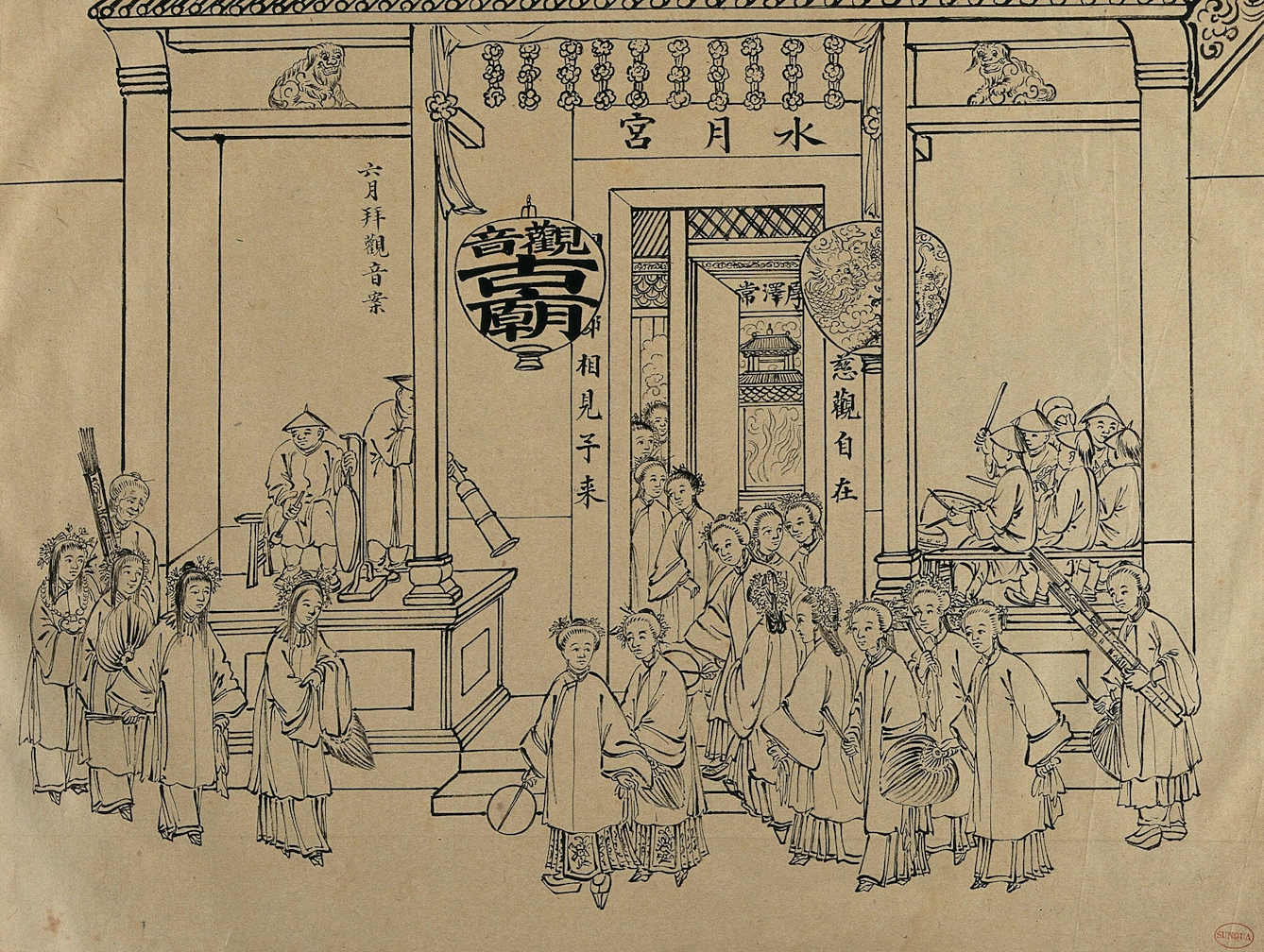
In the Qing Dynasty, the cloud collar became a popular accessory among women and was a very fashionable item. The design became diversified in this period: there were cloud collars with tassels, and cloud collars with leaf-shaped panels. In this image, the two women on the left wear cloud collars with willow-leaf panels.
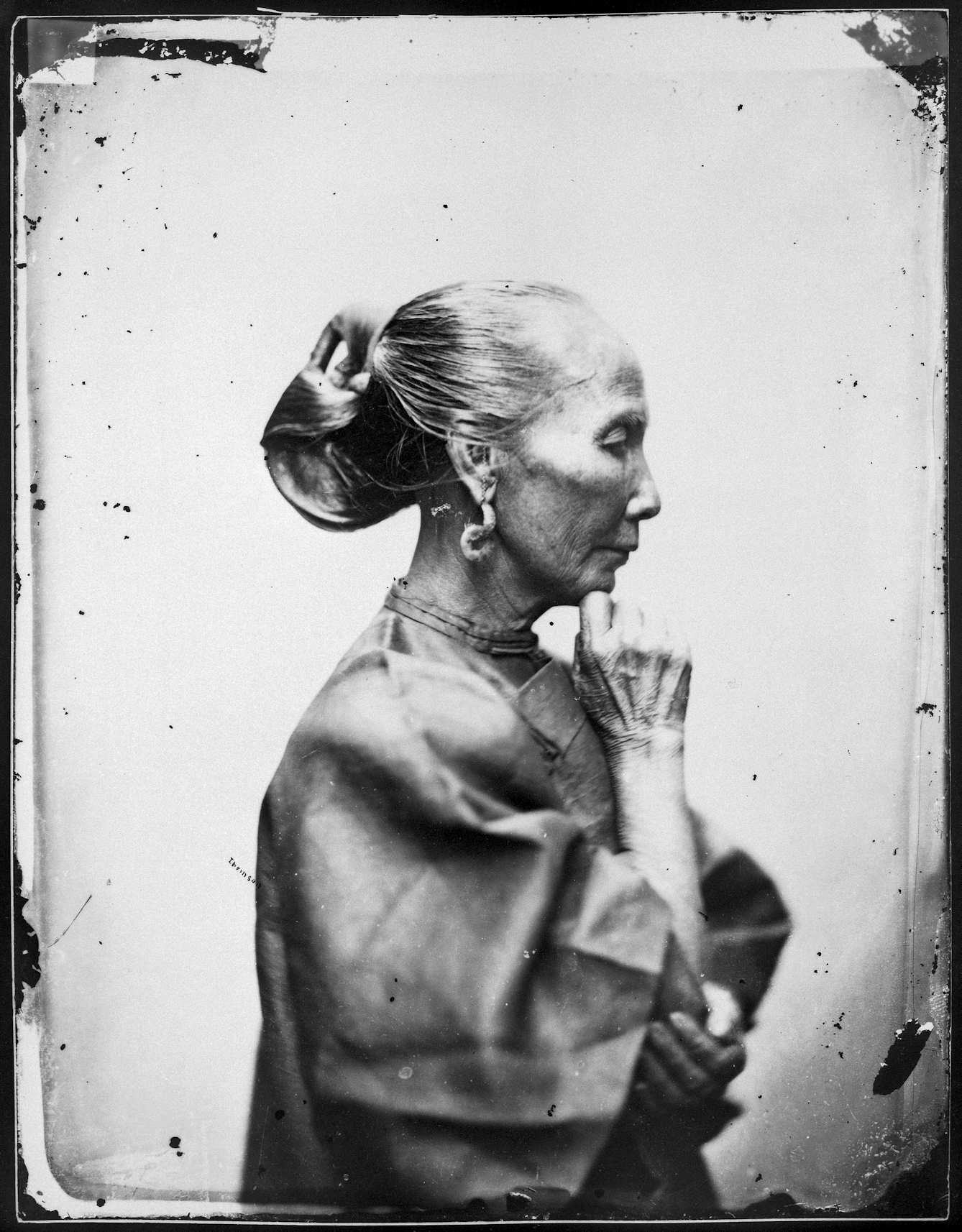
The new hair style in this photograph explains the popularity of the cloud collar in the Qing Dynasty: women liked low bun hairstyles. The oil used to style their hair made clothes dirty. To protect their clothes, they started to wear cloud collars.
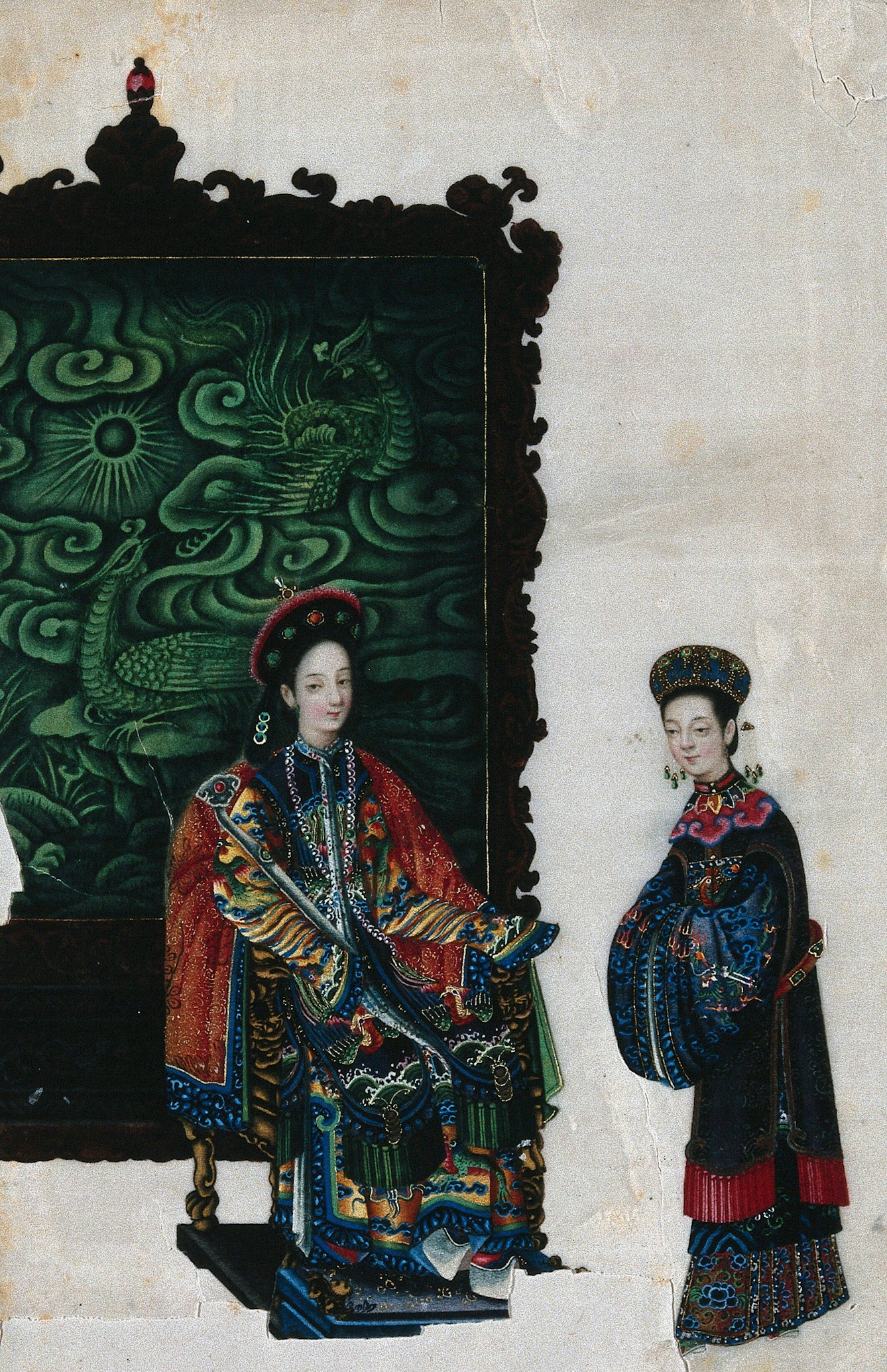
Fashion does not necessarily trickle down from the highest points in society. The fashion of wearing a cloud collar started among the civilian women in the Qing Dynasty and, later, women from court circles followed the trend. In this image of two women in the court, the one standing wears a cloud collar.
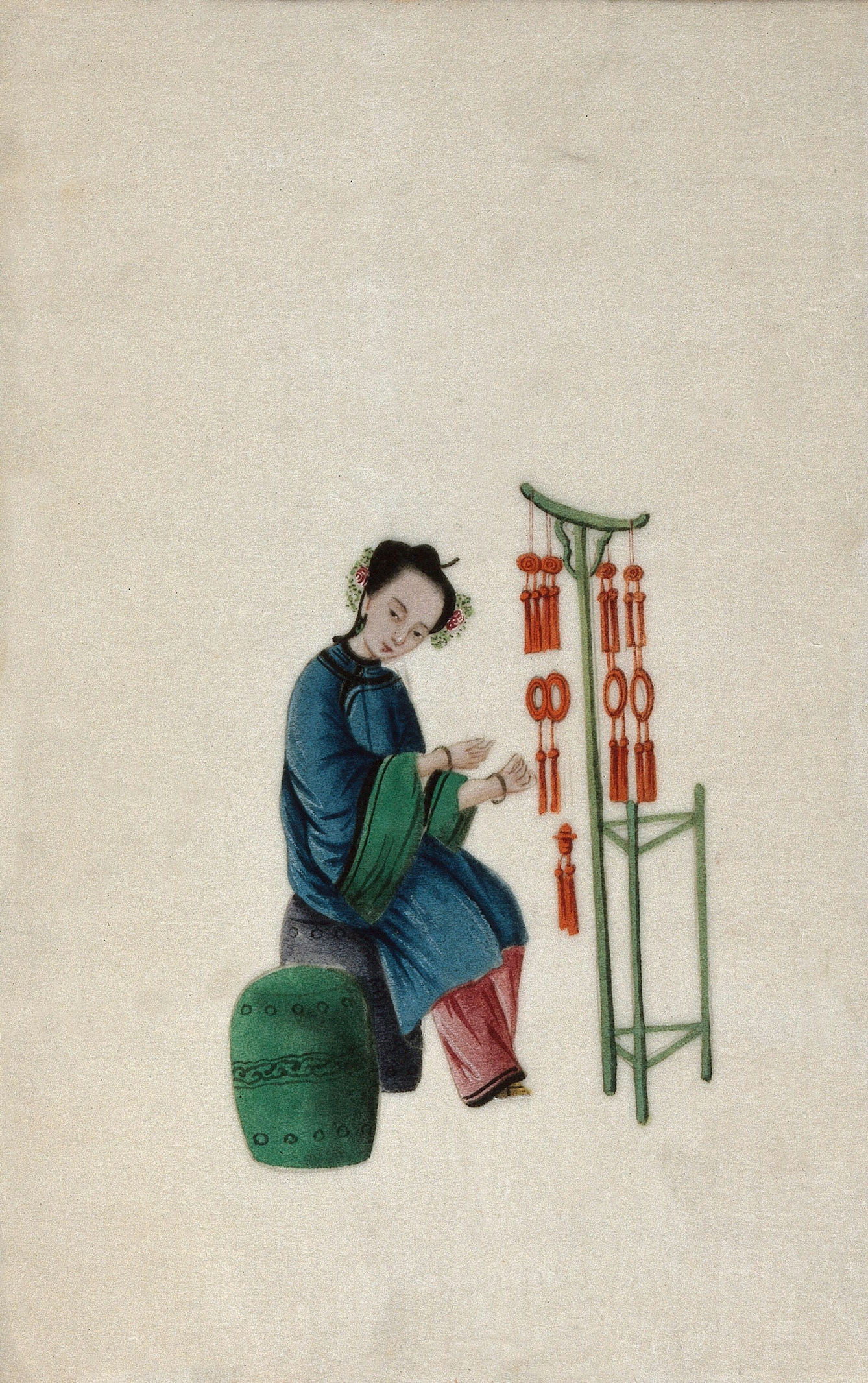
The cloud collar is usually made from silk and delicately embroidered. Making a cloud collar calls for great talents and skill, and it might take more than a half year to finish one. The cloud collar became an important part of a bride’s wedding dress in the Qing Dynasty. A bride would make her own cloud collar for the wedding, and it became a way to show off her talents.
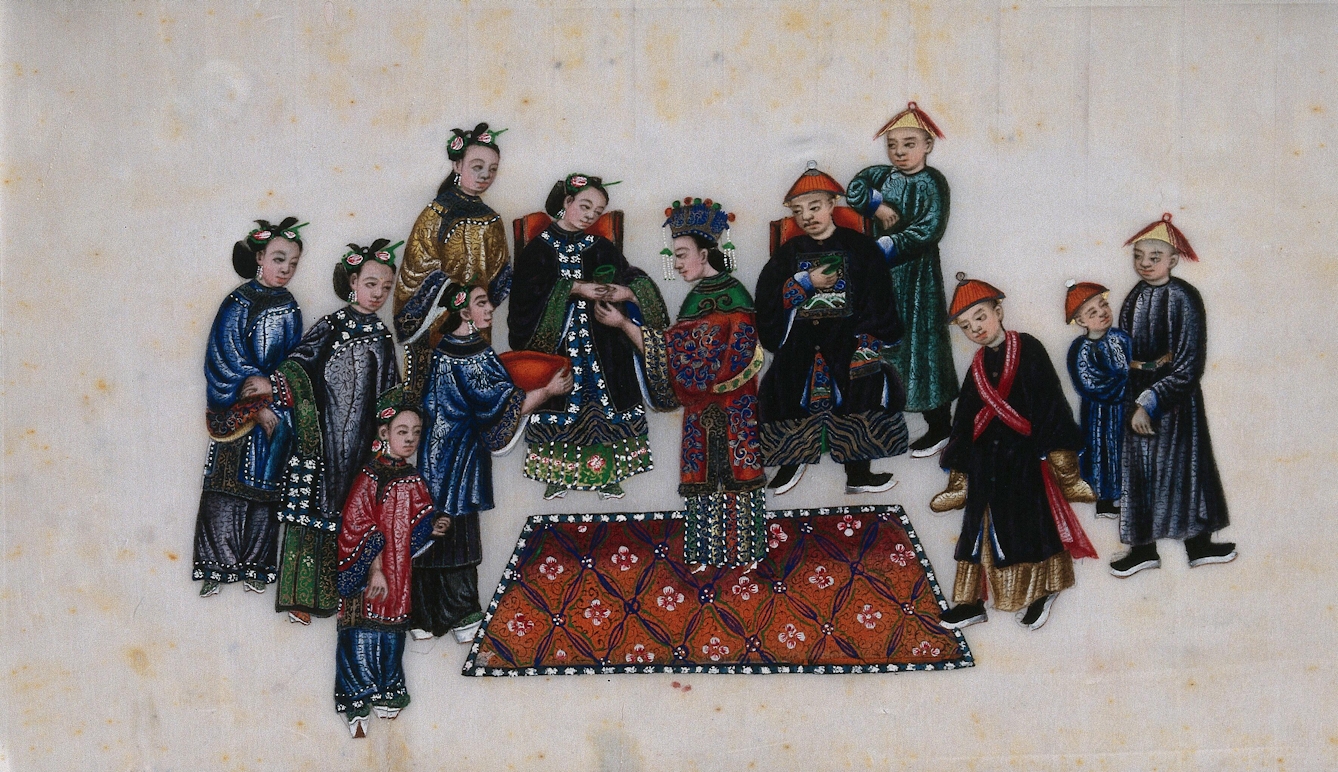
After the wedding, the bride would keep the cloud collar in a special box and wear it on major birthdays. Some cloud collars were even buried with their owners after death.
Cloud collars fell out of fashion following significant changes in women’s dress in China after the Qing Dynasty’s collapse in the 1910s. They gradually disappeared from daily life and more often appeared in Chinese opera costumes. The first time I saw a cloud collar, I had no idea what it was, and nor did my Chinese classmates. However, more recently, the cloud collar has become a fashionable accessory for some young people in China.
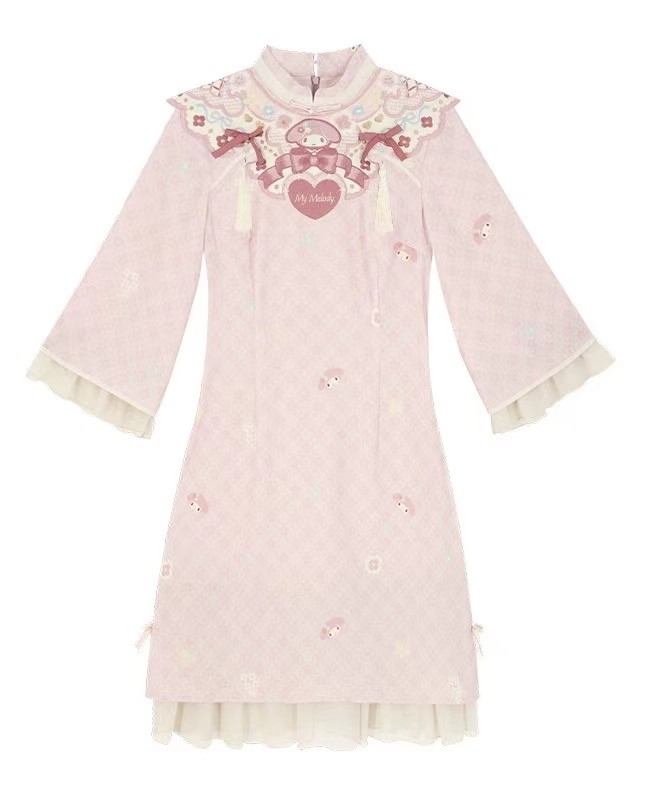
Followers of the hanfu subculture (Han is the most common ethnic group in China, and fu means clothes in Chinese, so hanfu means the clothes of Han people) were the first to wear cloud collars in 21st-century daily life. Hanfu was born in 2001, aiming to revive Han people’s dress culture, which was considered lost after being dominated by Manchu style and Western fashion. Some hanfu subculturalists also follow other youth subcultures, such as Lolita fashion, and wear cloud collars with dresses featuring these fashion elements. The pink dress in the picture above exemplifies a bricolage of cloud collar, qipao and Japanese kawaii design. As this latest resurgence shows, the cloud collar is an example of a remarkably resilient fashion.
About the author
Yiling Zhang
Yiling Zhang is a doctoral student at the University of Minnesota with a specialisation in dress, history and culture. She received a Design Graduate Fellowship at the university to pursue her research interests in fashion in China and everyday dress. She holds an MA from the Royal College of Art, after studying Design History and Material Culture at the college and the Victoria and Albert Museum.
